Text
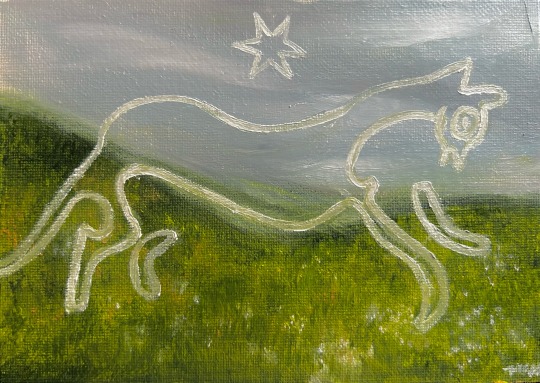
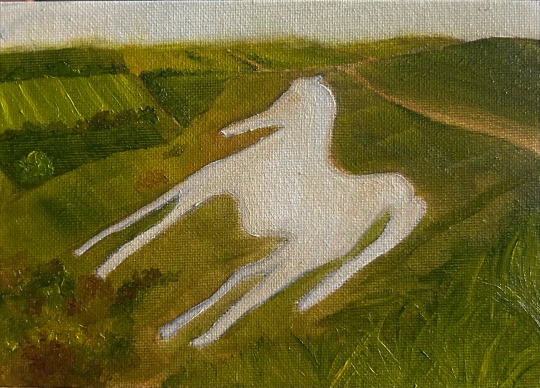




wanted all my horses in one basket, as it were
#i love them#silchester horse#white horse#folkestone horse#uffington white horse#westbury horse#geoglyphs#petroglyphs#landscape#alton barnes white horse
25K notes
·
View notes
Text

This sketch is nice, but dang do I wish the tapestry that was made from it hadn't burned...
Otto, Count of Nassau, and his wife Adelheid van Vianen. (1530-35). Bernard van Orley
#16th century art#16th century#sketch#Bernard van Orley#horses in art#Otto Count of Nassau#Adelheid van Vianen
3 notes
·
View notes
Text
My Biggest and Most Annoying Fictional Horse Pet Peeve
Big Horses are a Very New Thing and they Likely Didn’t Exist in your Historical and/or Fantasy Settings.
You’ve all seen it in every historical piece of media ever produced. Contrary to popular belief, a big black horse with long legs and long flowing mane is not a widespread or even a particularly old type of horse.

THIS IS NOT A MEDIEVAL THING. THIS IS NOT EVEN A BAROQUE THING. THIS IS A NINETEENTH CENTURY CITY CARRIAGE HORSE.
All the love to fancy Friesian horses, but your Roman general or Medieval country heroine just really couldn’t, wouldn’t, and for the sake of my mental health shouldn’t have ridden one either.
Big warmblood horses are a Western European and British invention that started popping up somewhere around 1700s when agriculture and warfare changed, and when rich folks wanted Bigger Faster Stronger Thinner race horses.
The modern warmblood and the big continental draught both had their first real rise to fame in the 1800s when people started driving Fancy Carriages everywhere, and having the Fanciest Carriage started to mean having the Tallest and Thinnest Horses in the town.
Before mechanised weaponry and heavy artillery all horses used to be small and hardy easy-feeders. Kinda like a donkey but easier to steer and with a back that’s not as nasty and straight to sit on.
SOME REAL MEDIEVAL, ROMAN, OTTOMAN, MONGOL, VIKING, GREEK and WHATEVER HISTORICALLY PLAUSIBLE HORSES FOR YOU:
“Primitive”, native breeds all over the globe tend to be only roughly 120-140 cm (12.0 - 13.3 hh) tall at the withers. They all also look a little something like this:
Mongolian native horse (Around 120-130 at the withers, and decendants of the first ever domesticated horses from central Asia. Still virtually unchanged from Chinggis Khan’s cavalry, ancestor to many Chinese, Japanese and Indian horses, and bred for speed racing and surviving outdoors without the help of humans.)

Carpathian native horse / Romanian and Polish Hucul Pony (Around 120-150 at the withers, first mentioned in writing during the 400s as wild mountain ponies, depicted before that in Trajanian Roman sculptures, used by the Austro-Hungarian cavalry in the 19th century)

Middle-Eastern native horse / Caspian Pony (Around 100-130 at the withers, ancestor of the Iranian Asil horse and its decendants, including the famous Arabian and Barb horses, likely been around since Darius I the Great, 5th century BC, and old Persian kings are often depicted riding these midgets)
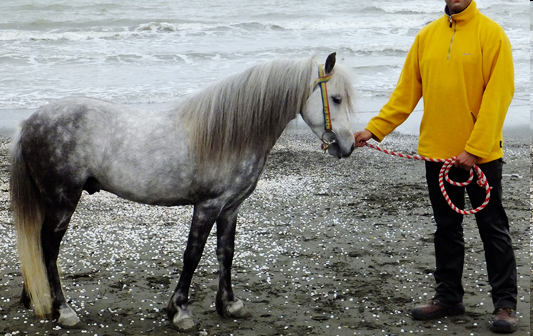
Baltic Sea native horse / Icelandic, Finnish, Estonian, Gotland and Nordland horses (Around 120-150 at the withers, descendant of Mongolian horses, used by viking traders in 700-900 AD and taken to Iceland. Later used by the Swedish cavalry in the 30 years war and by the Finnish army in the Second World War, nowadays harness racing and draught horses)

Siberian native horse / Yakutian pony (Around 120-140 at the withers, related to Baltic and Mongolian horses and at least as old, as well-adapted to Siberian climate as woolly mammoths once were, the hairiest horse there is, used in draught work and herding)

Mediterranean native horse / Skyros pony, Sardinian Giara, Monterufolino (Around 100-140 at the Withers, used and bred by ancient Greeks for cavalry use, influenced by African and Eastern breeds, further had its own influence on Celtic breeds via Roman Empire, still used by park ranger officers in Italy)
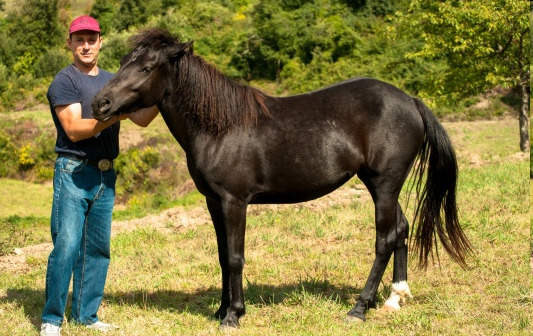
British Isles’ native horse / various “Mountain & Moorland” pony breeds (Around 100-150 at the withers, brought over and mixed by Celts, Romans and Vikings, base for almost every modern sport pony and the deserving main pony of all your British Medieval settings. Some populations still live as feral herds in the British countryside, used as war mounts, draught horses, mine pit ponies, hunting help and race horses)

So hey, now you know!
62K notes
·
View notes
Text

Woman Holding a Basket of Fruit, ca 1670
By Johann Ulrich Mayr
13 notes
·
View notes
Text

Detail from “Towards the Close of Day, the Canada Timber Docks, Liverpool”. R. Dudley, August 1872.
135 notes
·
View notes
Text

Gérard de Lairesse
Apollo and Aurora
1671
Oil on canvas, 205 x 193 cm
Metropolitan Museum of Art, New York
38 notes
·
View notes
Note
Hi, I'm so happy to have found your blog! I'm collecting horse figures since I was a kid and always thought I was the only one in the whole wide world with this... Now I can even enjoy other people's collections! That's just amazing. I have a question: Can you help me identify 3 of mine? Maybe you have any ideas about their brands and origins? The height corresponds to Breyer Stablemates (approx. 7 cm). Thank you in advance!!
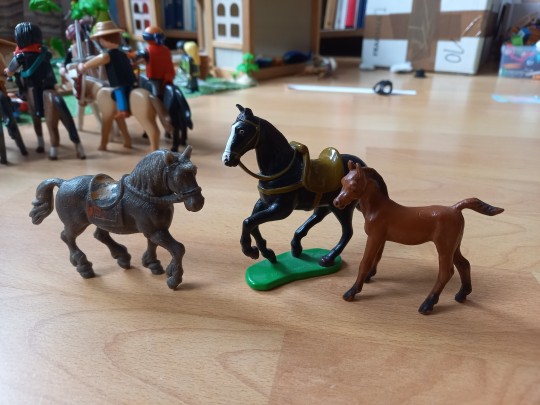
Sure thing!
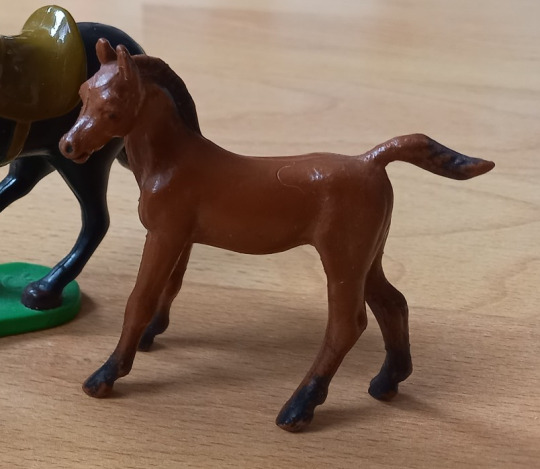

Schleich Brown Foal #13103

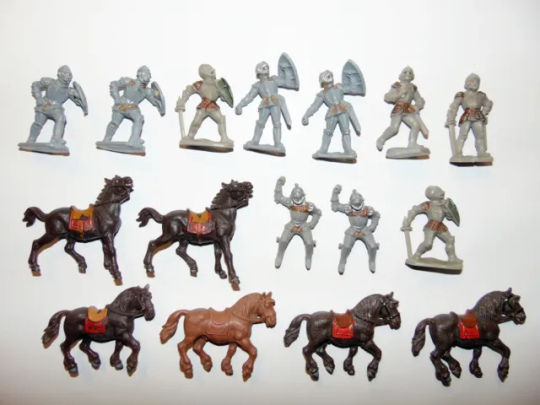

Plaho knight horse, DDR, circa 1960s


Robin des Bois et la fabuleuse histoire des Chateaux Forts, 1998
#omg thank you so much!#you did a fantastic job there!#wow the last one is wild#I vaguely remember now that I brought it from France but I admit I've never heard of Robin des Bois ;-)#Plaho rings a bell though#I have the other knight horse in the picture too#you're really amazing how in the world did you find all that out plus the reference pics?#I'm so excited!#btw since the Schleich foal is much smaller than the current Schleich horses#do you know if they just used to be smaller in the 90s?#horse figures
41 notes
·
View notes
Photo

8 notes
·
View notes
Photo

Self Portrait (Emmeline ‘Nina’ Mary Elizabeth Welby-Gregory, Mrs Henry John Cockayne-Cust) [1900]
Emmeline Cust (1867–1955)
National Trust, Belton House
#sculpture#Emmeline Mary Elizabeth Welby-Gregory#female artists#women sculptresses#women in art#self portrait#Emmeline Cust
83 notes
·
View notes
Photo

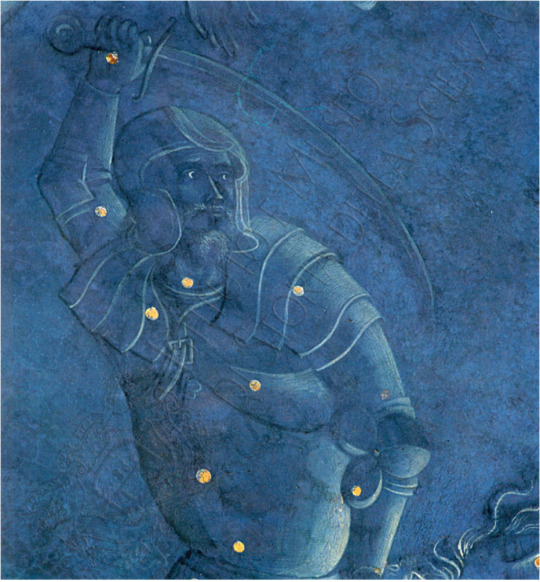




Formerly known as the Master of the Bargello Judgement of Paris, Giuliano Pesello, born Giuliano d'Arrigo (1367-1446), became evidenced as Il Pesello, through the survival of a second birth tray, which depicts Susannah and the Elders–last recorded with Carlo Orsi, Milan- that dates to the 1440s, by which the Aldobrandini and Alberti coats of arms, led to the recent identification, as belonging to the hand of Giuliano d’Arrigo, called Pesello (Carl Brandon Strehlke, private communication with the present owner), 2020. Initially working in the Gothic style, Guiliano d’Arrigo became a prominent figure in Florence. His early career was spent in the orbit of Agnolo Gaddi and Lorenzo Ghiberti, but he later absorbed the influence of Lorenzo Monaco, Gherardo Starnina and Fra Angelico. He entered the Florentine painters’ guild in June of 1385, and by 1416 was running a successful workshop, producing flags and processional banners, decorated armor and painted leather objects. He was consulted on the construction of Florence’s iconic cathedral dome in the 1420s; nominated to take Brunelleschi’s place in the event of his absence or resignation.
31 notes
·
View notes
Text

If Simpsons were Симпсоновы :)
48 notes
·
View notes
Photo
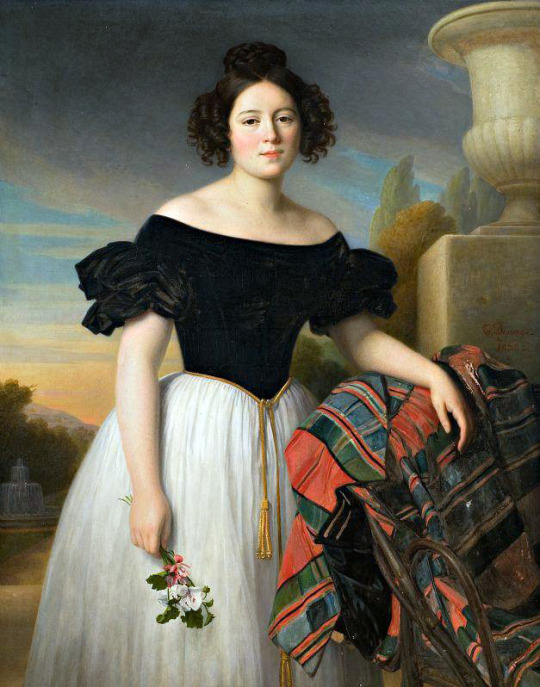
1838 Thomas Degeorge - Madame Louise-Marie de Laval
(Musee d'Art Roger Quilliot)
568 notes
·
View notes
Text

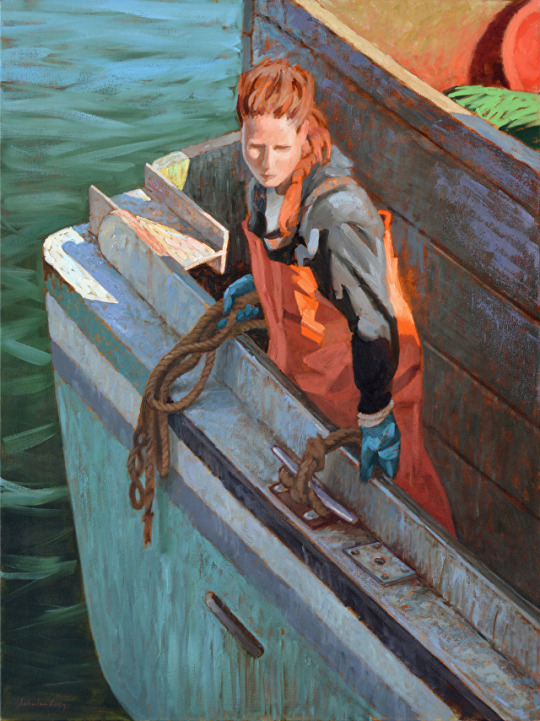
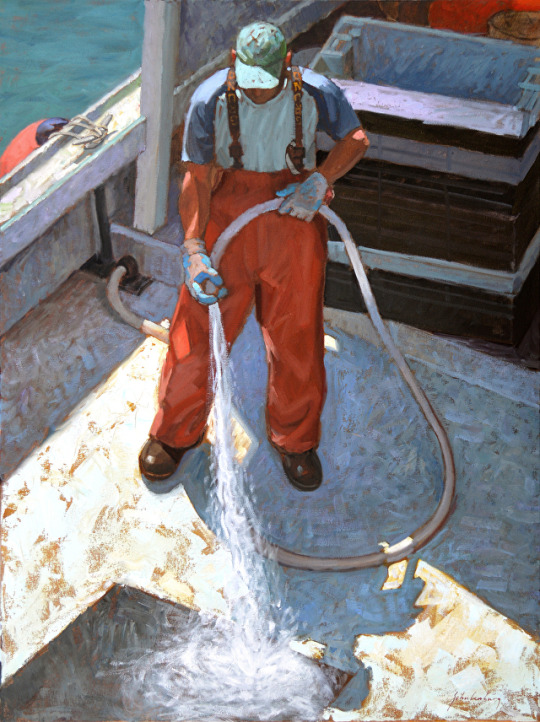
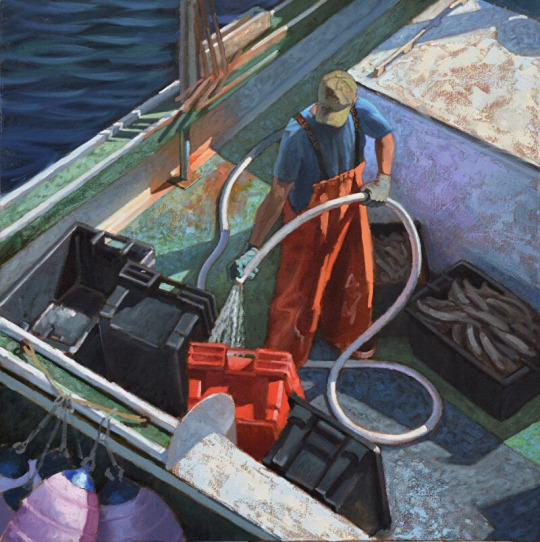
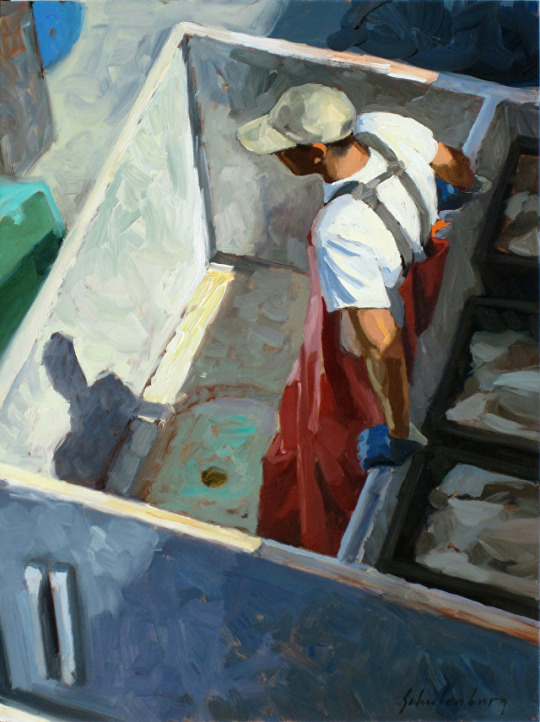

WATERFRONT pieces by Paul Schulenburg
5K notes
·
View notes
Note
Ich fahre schon seit Längerem nicht mehr mit der Bahn. Ich bin auf Entzug.
Wenigstens hast du die Notbremse gezogen bevor dein Leben entgleist ist.
3K notes
·
View notes
Text
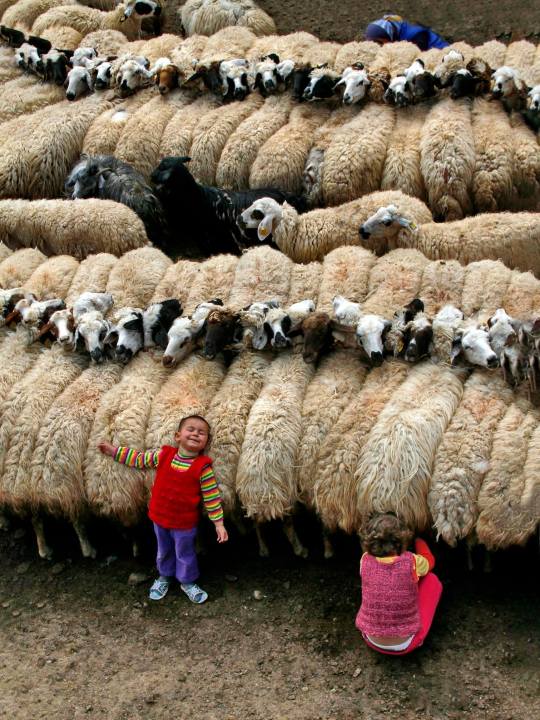
Untitled, 2020 - by Mustafa Şahbaz, Turkish
1K notes
·
View notes
Photo

in which eruri finally becomes canon
2K notes
·
View notes
Text
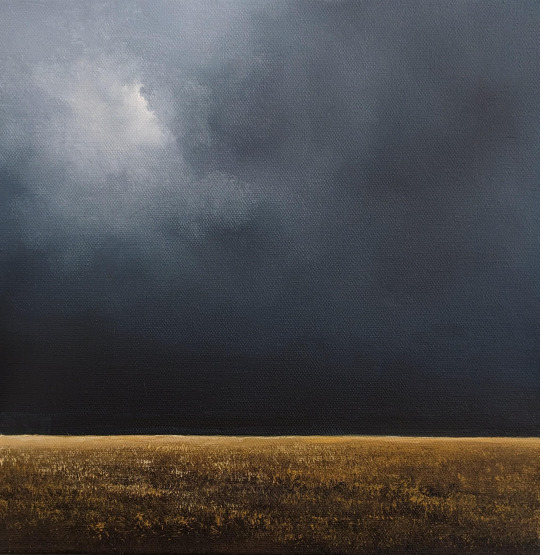
Golden Fields,
Amber Brunsden — 2023
Oil on canvas
8K notes
·
View notes